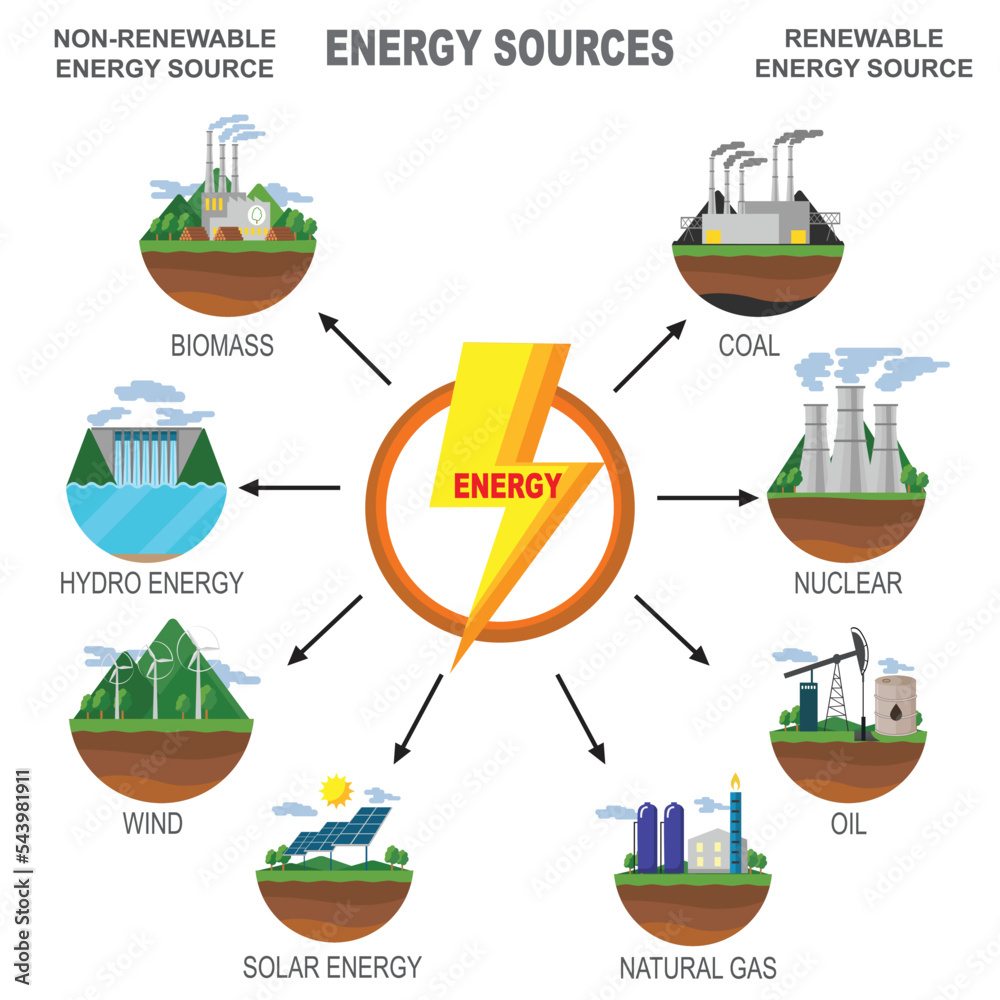As increasingly transitions its focus to the pressing need for sustainable energy sources, hydropower stands out as a key contributor in the sustainable energy landscape. With the ability to capture the vast force of moving water, this energy source not only offers a consistent energy source and aids to a greener, healthier future. Its role in lowering greenhouse gas emissions while supporting energy demands is crucial as we contend with the truths of climate change and vanishing fossil fuels.
This article delves into the rise of hydropower and its key significance alongside other renewable energy technologies. From innovative advancements in energy storage plus the integration of smart grids to the research of ocean and wave energy, we will investigate how various renewable sources are intertwined in the pursuit for a sustainable energy future. Come with us as we explore this essential facet of renewable energy and look at the advancements shaping the industry, guaranteeing that we harness every drop of possibility.
Innovative Sustainable Technologies
The landscape of sustainable energy is swiftly transforming, with numerous new solutions transforming how we generate and use power. Among these, solar power technology has seen major advancements that not only improve efficiency but also reduce expenses. New materials and designs for photovoltaic panels are being engineered, making them more capable in converting solar energy into electricity. This boost in efficiency is essential as it enables solar power to rival more successfully with conventional energy sources, encouraging a broader adoption.
Wind power advancements are also propelling a greener future, with more powerful, more null turbines and advanced data analytics improving efficiency and energy output. Marine wind farms are playing a key role, tapping into stronger and more consistent winds found over oceans. These advancements are making wind energy more practical and beneficial, contributing to a major increase in the volume of renewable energy being produced globally.
In addition to solar and wind power, emerging technologies like buoyant solar installations and wave energy converters are diversifying the clean energy portfolio. Floating solar installations maximize space efficiency on water bodies while minimizing evaporation. Meanwhile, wave harnessing technology harness the energy produced by sea waves, presenting a consistent and stable energy supply. Together, these innovations illustrate the dynamic nature of the renewable energy sector and its potential to meet future energy needs with sustainability in mind.
Hydroelectric power and Its Role

Hydropower has long been established as a cornerstone of sustainable energy, harnessing the power of moving water to produce electricity. With the potential to provide a consistent and consistent energy source, hydropower facilities play a crucial role in maintaining grids and supplying power during times of high demand. This reliability is critical as the world shifts toward renewable energy solutions in the context of climate change and the need for low-carbon alternatives.
As we look to the future of renewable energy, the advancements in water power technology present significant possibilities for advancement. Innovations such as miniature hydroelectric systems and reservoir hydropower are emerging as effective methods for meeting energy needs without necessitating massive dam projects. These technologies can be integrated into local energy systems, providing communities with a steady source of power that reduces reliance on fossil fuels and enhances energy security.
Furthermore, the role of hydropower extends beyond power generation. Solar Panels includes benefits such as flood control, irrigation support, and recreational activities, aiding to local economies and ecosystems. By focusing on sustainable practices and environmental considerations, hydroelectric power is positioned to play an critical part in the broader narrative of green energy progression, supporting other technologies like solar and wind to establish a broad and strong energy landscape.
Future Trends in Clean Energy
The coming outlook of clean energy is poised to be shaped by a variety of cutting-edge technologies and approaches. One notable trend includes the rising integration of machine learning in renewable energy systems. AI can enhance energy generation and consumption by processing vast amounts of data, which leads to more effective management of resources and reduced waste. This capability not only enhances the performance of existing renewable technologies but also paves the way for smarter energy solutions that can respond dynamically to changing environmental conditions and energy demands.
Another significant trend includes the rise of composite renewable systems that combine multiple energy sources. By integrating solar, wind, hydro, and other renewable sources, these systems offer a more stable and reliable supply of energy. This adaptability is especially important for tackling energy storage challenges and improving the resilience of the power grid. As technology advances, we can look forward to more sophisticated hybrid solutions that capitalize on the strengths of each energy source, ultimately leading to reduced reliance on fossil fuels.
Additionally, the development of mobile renewable energy devices is gaining momentum, offering sustainable energy solutions for everyday use. These devices, which feature compact solar chargers and small wind turbines, enable people and neighborhoods to utilize clean energy independently. This trend fits into the broader movement towards decentralizing energy generation, empowering users to take control of their energy needs while aiding a cleaner environment. As these technologies continue to evolve, they will be essential in making clean energy attainable and practical for all.
